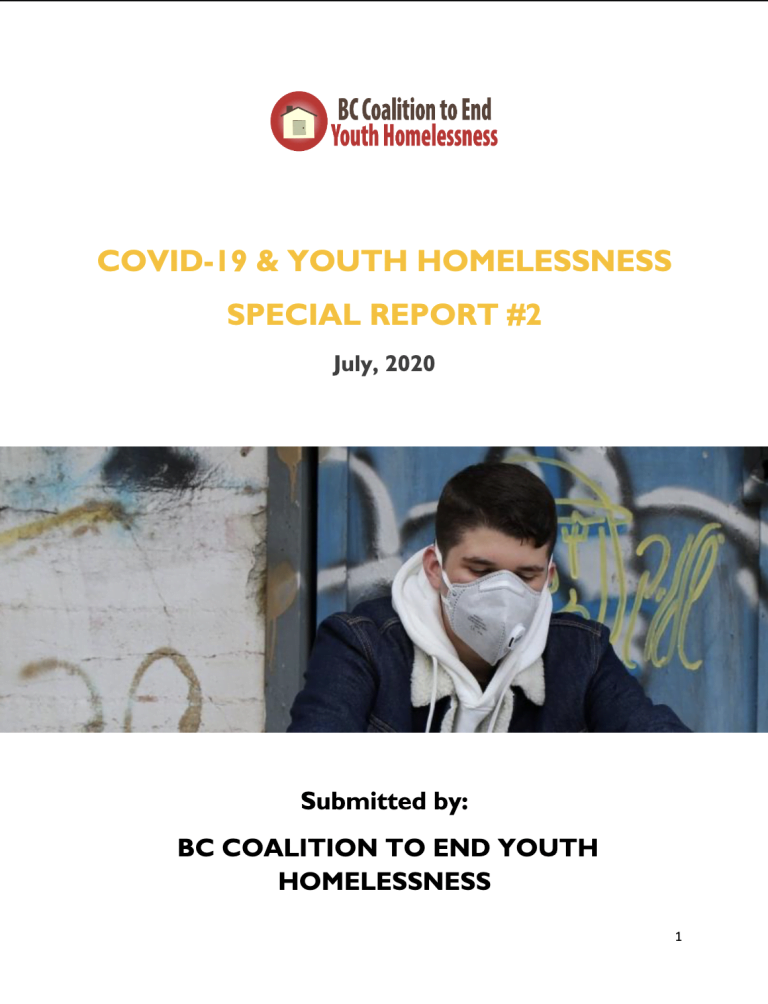32 search results
for
Poverty and economic inequality
Income
Recommendation 57: There must be priority to keeping income levels consistent to avoid an influx of youth experiencing homelessness. Provide youth with resources and adequate preparation time to transition off government support to employment.-
Category and theme:
Groups affected:
Income
Recommendation 58: The Province should advocate to the Federal government to ensure ineligible youth who have accessed the CERB are not accumulating debt during the pandemic. Youth should obtain a pass and not have to pay back CERB or be given longer grace periods.-
Category and theme:
Groups affected:
Income
Recommendation 59: If there is a second wave, there needs to be increased education on how the CERB works and who is eligible for it. There should be designated financial supports for youth with disabilities or young people who are working part-time.-
Category and theme:
Groups affected:
Income
Recommendation 60: Youth need support with food security and supplies such as home kits provided by non-profits.-
Category and theme:
Groups affected:
Employment
Recommendation 64: Provide youth with personalized support to transition back into the work-place and transition off of government benefits in a stable way. Youth will need support stabilizing mental health and substance use to be successful in future employment opportunities.-
Category and theme:
Employment
Recommendation 65: Zero Ceiling is a promising practice that has integrated employment and housing to help bridge youth out of homelessness into a sense of purpose. They provide mental health support and a strong recreation component that helps youth thrive in wellness.-
Category and theme:
Supporting a resilient sector
Recommendation 67: Increased and sustained funding to manage additional expenditures of housing and supporting youth. Funding for wages should be adequate, so organizations are able to hire qualified and trained staff to offer meaningful support to youth.-
Category and theme:
Groups affected:
Supporting a resilient sector
Recommendation 69: Advocacy with the Federal government to ensure Indigenous organizations are able to access benefits as the current benefit through Indigenous Services Canada is only for people on reserve resulting in a gap. There needs to be advocacy so Indigenous youth are equally able to access relief funds and the same benefits provided to youth on reserve. In Burns Lake, the Friendship Centers are struggling to provide hampers, food, and to continue providing services to those most impacted by the pandemic.-
Category and theme:
Audience:
Groups affected:
Common themes
Recommendation 75: Provide unique and youth-centred ways to increase income levels for youth who are risk of homelessness that don’t include complicated eligibility factors.-
Category and theme:
Audience:
Groups affected:
Common themes
Recommendation 76: Youth aging out of care is the most vulnerable population at risk of homelessness as a result of COVID-19. The sector recommends a staggering approach of youth aging out post-pandemic as service providers will not have the capacity to support this larger cohort. MCFD must continue providing the low-barrier Agreements with Young Adults to help bridge youth into safe and secure housing.-
Category and theme:
Audience:
Groups affected:
